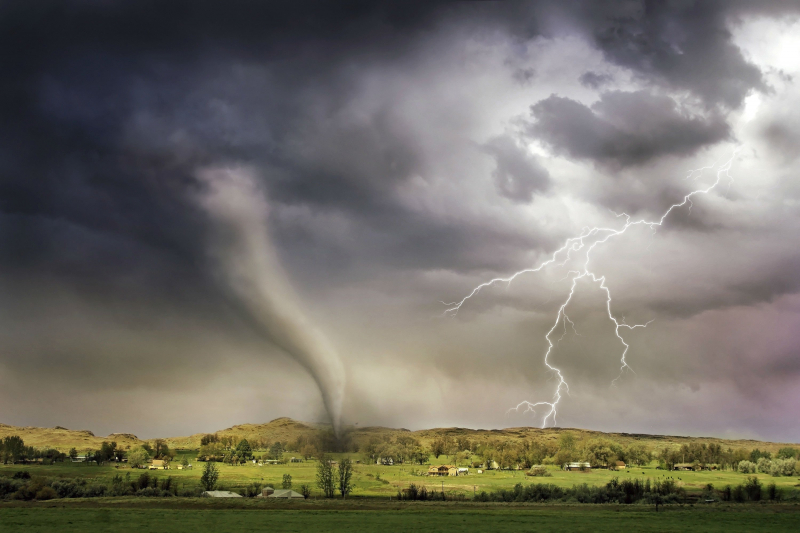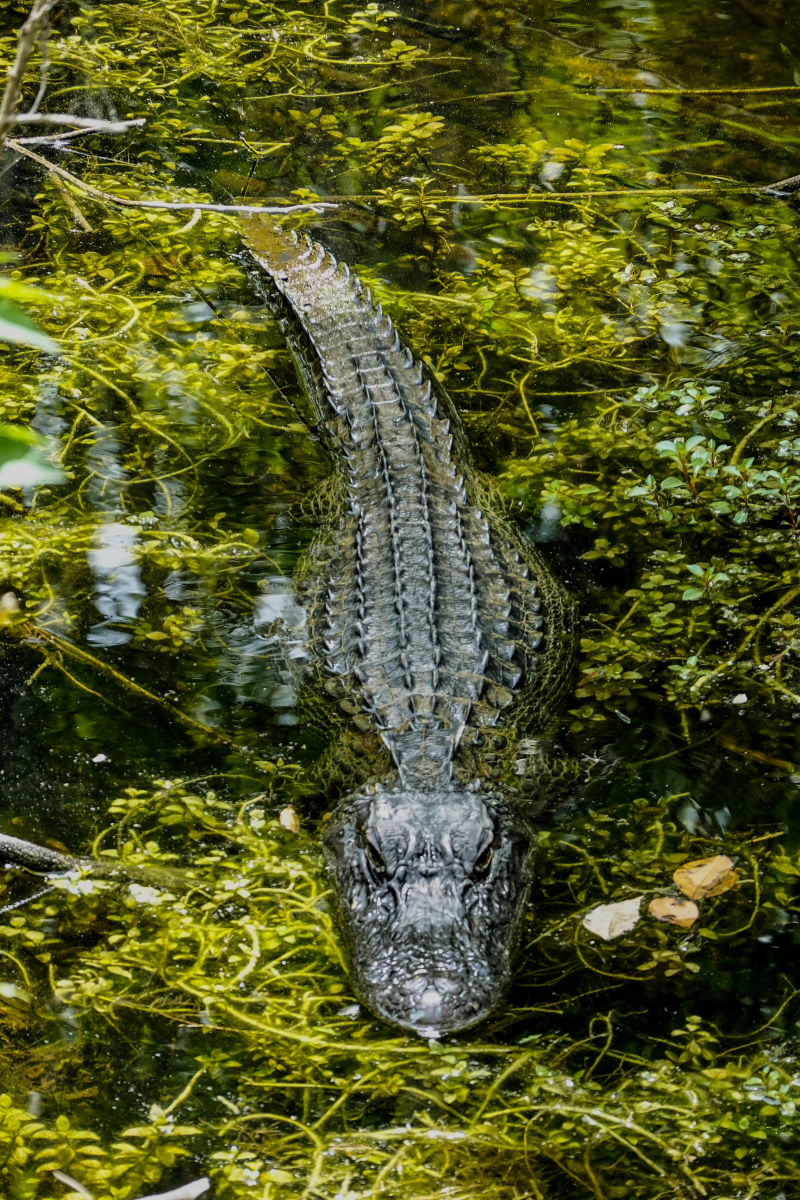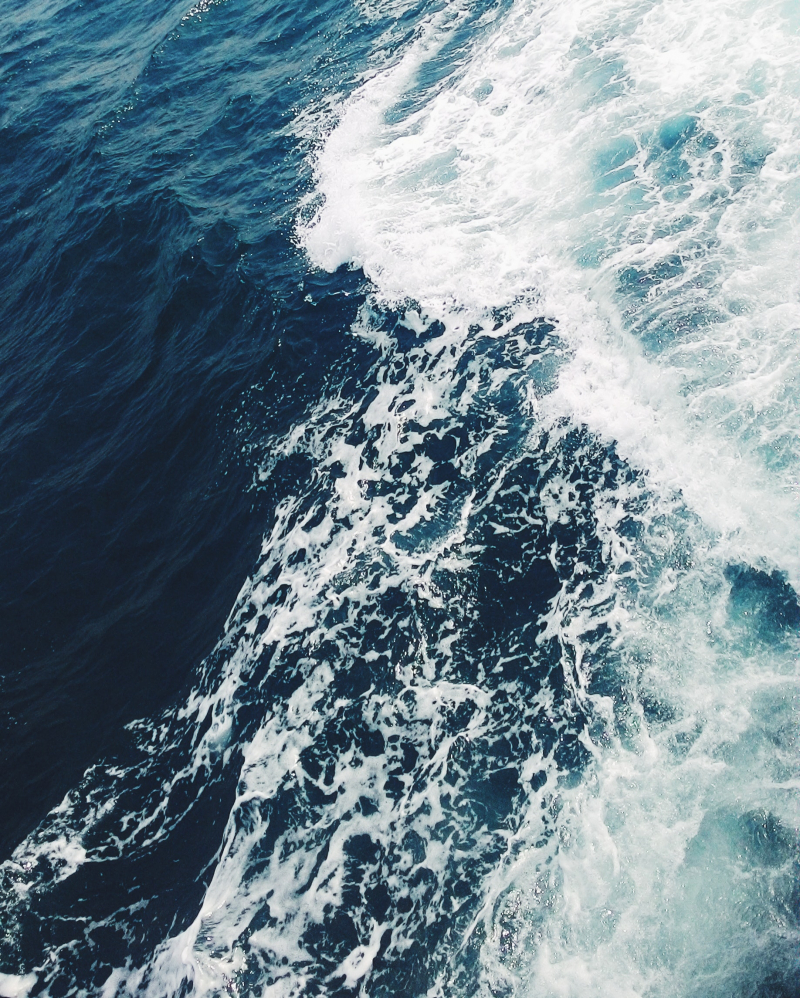Top 10 Awful Survival Tips That You Should Probably Just Ignore
For the most part, the contemporary world has made living quite simple. When was the last time you were concerned that a bear would devour you? Or passing out ... read more...in a desert from dehydration? Indeed, it still occurs, but not to the majority of us. But what if it really did occur? If something unexpected happened, would you know how to survive? The internet is rife with survival advice that can come in handy if you ever find yourself stuck in a remote area, but it turns out that these suggestions aren't always that trustworthy.
-
There is only one last animal threat that isn't actually a threat—sharks—and we've already learned what not to do with bears and alligators. There were 57 unprovoked shark attacks worldwide in 2020. So once more, the majority of us don't actually have a genuine concern about this. But what should you do if it might be problematic?
One well-known myth that is frequently repeated is the idea that if a shark approaches you, you should punch it in the nose. Sharks use organs in their nose to detect prey, thus it is believed that striking one in the snout will prevent it from charging. What do you have to lose and does it sound plausible?
For the most part, the contemporary world has made living quite simple. When was the last time you were concerned that a bear would devour you? Or passing out in a desert from dehydration? Indeed, it still occurs, but not to the majority of us. But what if it really did occur? If something unexpected happened, would you know how to survive? The internet is rife with survival advice that can come in handy if you ever find yourself stuck in a remote area, but it turns out that these suggestions aren't always that trustworthy.
Go for the eyeballs instead if you ever find yourself in a shark's mouth. Why? Because no living thing enjoys having its eye poked. Sharks enjoy sneaking up on their prey and will often attack from behind. By not panicking, you can help to combat this. Don't splash about like a tasty seal might. And try to maintain eye contact. Keep it in your line of sight and proceed calmly and gently. If it comes in for a bite, poke it in the eyes or attack the gills.

Image by Elianne Dipp via pexels.com 
Image by Mile Ribeiro via pexels.com -
A tornado is one of nature's most dangerous phenomena. That is what is meant when someone refers to the wrath of nature. And generally speaking, we don't have much protection from them. Yet, if one does pass by, you must take action to try to survive. The traditional advise for many people outside has been to hide under an overpass. The concrete buildings are resilient to tornadoes, making them seem like a potential safe haven.
As a tornado passes through an overpass, the area underneath can actually become windier. This may increase the danger of any debris transported by the storm. Under an overpass, there is nothing to grasp onto, thus you could easily be blown away by the powerful winds.
Basically, under an overpass, everything that is perilous about a tornado is even riskier. Finding inside, underground refuge is your best option. It is advised to try to enter a low-lying ditch and cover your head if you are outside and have nowhere to hide. Although not the ideal location, this is still preferable to an underpass.

Image by Ralph W. lambrecht via pexels.com 
Image by Johannes Plenio via pexels.com -
One that seems to be common knowledge is that you can discover drinkable water inside a cactus if you ever find yourself stuck in the desert. This is depicted in a number of Western films, including The Book of Boba Fett and Avatar: The Last Airbender, as well as in cartoons. Should you heed Boba Fett's survival suggestions? Not really, but it only serves to confirm the dangerous notion that this is a real issue that people already have.
It is not a myth that there is liquid inside of some cacti; for example, the barrel cactus has liquid inside of it. Yet, drinking it can worsen an already severe situation. This water isn't pure; it contains cactus alkaloids and other acidic substances. It can induce severe stomach ache, diarrhea, and even joint and bone pain when consumed. A small amount of alcohol may help you live longer, but excessive use may shorten your life by accelerating your dehydration. In the end, not drinking it at all is a horrible decision.

Image by Israel Piña via pexels.com 
Image by Teona Swift via pexels.com -
You might be more knowledgeable about earthquake preparedness than others, depending on where you live in the world. You might have heard throughout the years to try to survive an earthquake by hiding in a doorway. A doorway is considered to be a sturdier, more reinforced component of a building. That also appeared fair, given that there have been instances where people have seen door frames remaining in place of everything else in buildings that had been completely destroyed by earthquakes in the past. Sadly, it isn't.
There are a few issues with this scenario. One is that the entire house often lacked any type of reinforcement in the residences that were destroyed, leaving only the door frames remaining. The timber frames were stronger but by no means sturdy due to the cheap adobe dwellings' fragility. This is less of a problem given because most houses are constructed differently.
A door frame is not by design in any way reinforced. There is nothing there that can withstand an earthquake. Even worse, doors are typically open. The majority of earthquake-related injuries are caused by being struck by flying or falling debris, therefore doing so exposes you to that risk. In an earthquake, it's better to take cover under a sturdy table or, in a pinch, lean against an interior wall and defend yourself as much as you can.
Image by Emre Can Acer via pexels.com 
Image by Sanej Prasad Suwal via pexels.com -
Some of the most repulsive animals in the world are leeches. The tiny abominations grab hold of your body and suck your blood till they get bloated with it. They can eat ten times as much as they do. That becomes a complete nightmare if you have a dozen of them on you. Even more horrifying is the fact that, in some extremely rare instances, leeches have entered human bodies and resulted in death.
There is a common technique for getting rid of leeches that involves applying salt to them. Actually, salt exerts pressure inside a leech's body, which draws moisture out and kills them. Sounds like a good, simple approach to get rid of them, especially if you're concerned about their tiny suckers doing extra harm to your skin. Nonetheless, you should give it some thought first.
As you might expect, a leech won't react well to being salted if the salt causes enough osmotic pressure for it to kill the leech. You might even make it simply puke back into your open wound. If you were concerned that it would suck your blood before, you should be more concerned that it will spit blood and its intestines into your wound.BBC channel on Youtube -
Prepare yourself for alligator attacks, which occur around three times a year. If you thought bear attacks were rare, think again. In essence, this isn't a problem for the majority of people in the world, yet the internet will nevertheless instruct you on how to protect yourself from an attack that is probably never going to happen. How are most people going to have you do it? Run zigzaggingly.
Where did this hypothesis originate? It's hard to say, although it's fairly common. One of those things that seems to be common knowledge in Florida. Yet that is untrue. Even worse, it's risky. On land, alligators are far from being lightning-fast creatures. They can't keep up that speed for very long, but they might not even have to. Especially if, for whatever reason, you're jogging in a zigzag.
Running in circles simply slows you down. It forces you to remain in the alligator's territory longer than necessary and increases the likelihood that they will use their eerily swift small legs to capture you. In order to escape, run straight and quickly. If one does manage to catch you, then do whatever it takes to defend yourself. The best strategy, according to experts, is to fight like your life depends on it and snout them rather than attempting to pry open their lips.
Image by Adriaan Greyling via pexels.com 
Image by Henning Roettger via pexels.com -
Bear Grylls is attempting to kill everyone who comes into contact with a bear once more. In one video, he describes what happens to a hiker and suggests that you take it to heart. The guidance? To divert the bear, fling your rucksack at it. This is yet another awful notion.
The theory behind this situation is that if you have a bag full of food, the bear will receive what it wants and you can escape. For some reason, despite his past advice to the opposite, he advises against running away in this video. But, there are two issues with throwing your rucksack at a bear.
To begin with, feeding the bears is the act of providing a bag of food to a bear. Every national park warns against doing this. Bears will continue to approach people if they believe they are food sources. This encourages bears to try to attack humans.
Another problem is that a backpack might actually save your life. You'll want to safeguard your vitals if a bear pursues you, and you decide to play dead. That entails crouching with the back exposed and the head covered. A backpack serves as your unique turtle shell. Depending on what's inside, it might not provide much protection, but it's still preferable to nothing.
Image by Pixabay via pexels.com 
Image by Rasmus Svinding via pexels.com -
Bear attacks only happen to about 40 individuals year, which is hardly a significant threat compared to the majority of issues we confront. Each year, lightning claims more lives in the US alone. A bear attack sounds dramatic, though, so when one occurs, it makes headlines, and survivalists may make a lot of money by instructing you how to survive one. Despite the rarity of bear attacks, the majority of individuals presumably know what to do in such a situation.
According to conventional wisdom, you should either flee from a bear or pretend to be dead. Again, Bear Grylls is to responsible for the first point because he advocated it in an episode of his program. There are some circumstances where playing dead is advised, and if done incorrectly, it can make matters much worse.
When you come across a grizzly bear, you should prepare to play dead. A grizzly bear is a dangerous, aggressive, and territorial foe. It almost always attacks in order to get rid of you as a threat. You put it and perhaps its offspring in peril. It desires your demise. You therefore give it what it wants by acting dead. Is it simply going to leave? No. It's going to look awful. You'll likely endure severe stomping, clawing, and roughhousing. Nevertheless, if you prey on death, it will probably finish much more quickly and the bear may go away content that you are no longer a danger.
Black bears typically avoid interacting with people, so any assault on you would likely be predation rather than defense. In other words, if you pretend to be dead, you're just making it easier for it to eat you.
Is fleeing the problem the answer? Never. Running from a bear nearly often results in death or serious injury. It's a prey reflex to run. So, you are demonstrating to any bear that you are a worthy target for a hunt. When you consider that you cannot outrun a bear, this situation becomes worse. Despite their size, they move far more quickly than people. A black bear is capable of traveling at 35 mph. The world's fastest man, Usain Bolt, reached a speed of 27 mph. You won't succeed.
For what it's worth, you should, if at all feasible, back carefully away from a stationary black bear. Be towering and imposing. If the bear strikes, defend yourself by using sticks as weapons and swinging for the bear's face. They will generally back off because they are easily intimidated.
Image by Janko Ferlic via pexels.com 
Image by Janko Ferlic via pexels.com -
The water is a hazardous environment because of all the poisonous creatures, pounding waves, and other factors. Rip currents are dangerous currents that can suddenly erupt near beaches and pull you out to sea, giving you the impression that the water is attempting to drown you. Numerous survival websites advise that if you get caught in a rip current, you should swim parallel to the beach. On the beach where rip currents are frequent, there are signs that instruct you to do this. Yet, it's not always a wise move.
Rips can develop virtually everywhere. Strong and narrow, the river is going back out to sea. A swimmer often cannot resist the force that can carry them far from the beach. It has never been a smart idea to swim against it, therefore people started to believe the parallel strategy was a good one. Simply avoid the current. It appears to be a viable solution, right?
Contemporary expert rip Jamie McMahon used to swim in rip currents for safety movies to demonstrate his belief that parallel swimming was the best strategy. The issue is that he observed it was simpler in one direction than the other. Because of all the deadly organisms, crashing waves, and other things, the sea is a dangerous place. Rip currents, which are perilous currents that can suddenly erupt on beaches and drag you out to sea and give you the impression that the water is trying to drown you, are dangerous currents. Many survival websites suggest swimming parallel to the beach if you get caught in a rip current. You can follow the instructions on the signs that are posted on the beach where rip currents are common. Yet, it's not always a smart choice.
Rips can appear almost everywhere. The river is flowing back out to sea, strong and narrow. A swimmer typically cannot withstand the force that can transport them a great distance. According to his studies, swimming parallel to the current can be just as hazardous.You have a 50/50 probability of swimming against the current when swimming parallel to a circular current. He claims that while simply floating might not always be effective, it is still worthwhile to give it a shot to see whether it works before attempting to swim parallel. It's important to note that several groups, including the American Lifesaving Association, disagree with this stance.

Image by Kellie Churchman via pexels.com 
Image by Thach Tran via pexels.com -
Bear Grylls, a well-known survival "expert," advises those who may be near death from dehydration in the wild to drink their own urine to stay alive. This dude keeps giving this very awful advise. Thus, this is a bad idea, to speak the obvious. You can really become more dehydrated by drinking urine.
Urine can be compared to sea water in terms of taste when consumed. It contains salt and other substances that your body was trying to get rid of and is waste from your body. Restoring it within you won't be of any assistance. You will become more dehydrated more quickly, your blood pressure will drop, and it could perhaps hasten your demise.
Urine is sterile, unlike what Bear Grylls claims; this is a widespread misconception. It is untrue. How is it possible? While the rest of your body is constantly covered in bacteria, why would one area of it be sterile? In actuality, your urethra and the rest of your non-sterile anatomy that come into contact with the pee might contain a wide variety of bacteria.
You could make urine water and drink it, but the process takes time. Even so, it's considerably less risky than Grylls suggests. Have those who drank their own urine survived? No doubt. Yet it was more because they survived than because of what they did.
Image by Markus Spiske via pexels.com 
Image by Max Vakhtbovych via pexels.com































